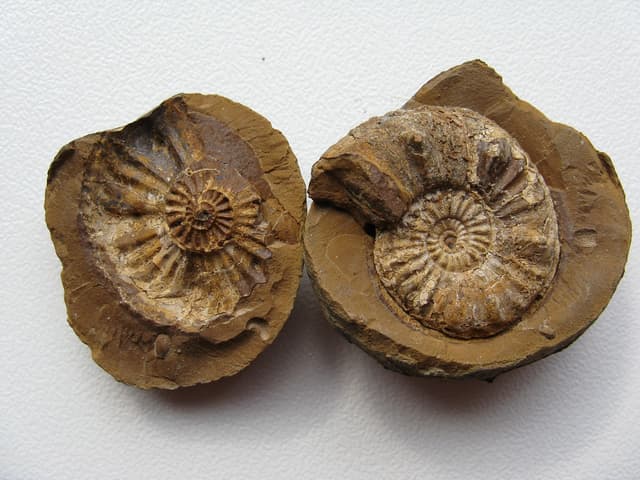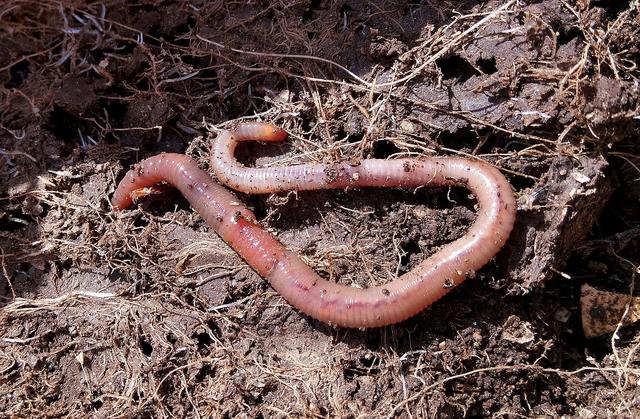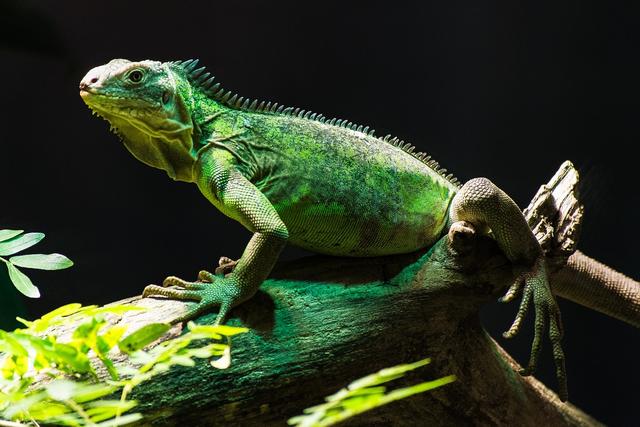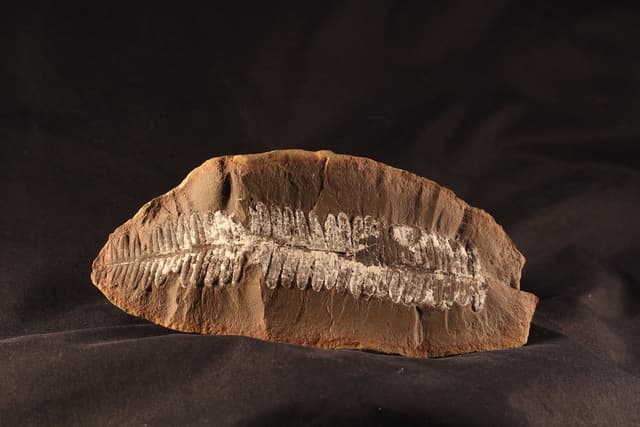More about fossil formation
I can describe a range of different ways in which fossils can be formed.
More about fossil formation
I can describe a range of different ways in which fossils can be formed.
These resources will be removed by end of Summer Term 2025.
Switch to our new teaching resources now - designed by teachers and leading subject experts, and tested in classrooms.
These resources were created for remote use during the pandemic and are not designed for classroom teaching.
Lesson details
Key learning points
- Palaeontology is the study of fossils.
- Some fossils are formed when tree resin hardens into amber, with living things trapped inside.
- Models can be used to show how fossils are formed in different ways.
- Some fossils are formed when sediment and minerals fill the hard parts of living things that have died.
Keywords
Palaeontology - Palaeontology is the study of fossils and how life on Earth has changed over millions of years.
Fossil - A fossil is the remains or imprint of living things that are sometimes preserved in rock.
Resin - Resin is a sticky substance which is produced by some trees.
Minerals - Minerals occur naturally and can be dug out of the ground.
Sediment - Sediment is solid material that is moved and deposited in a new location.
Common misconception
Pupils may believe that old discovered objects, like bits of pottery, coins and jewellery are fossils. They also may believe that the fossil is always the actual plant or animal itself.
Being clear that only things that have been alive may become fossils, and not all living things are fossilised.
To help you plan your year 3 science lesson on: More about fossil formation, download all teaching resources for free and adapt to suit your pupils' needs...
To help you plan your year 3 science lesson on: More about fossil formation, download all teaching resources for free and adapt to suit your pupils' needs.
The starter quiz will activate and check your pupils' prior knowledge, with versions available both with and without answers in PDF format.
We use learning cycles to break down learning into key concepts or ideas linked to the learning outcome. Each learning cycle features explanations with checks for understanding and practice tasks with feedback. All of this is found in our slide decks, ready for you to download and edit. The practice tasks are also available as printable worksheets and some lessons have additional materials with extra material you might need for teaching the lesson.
The assessment exit quiz will test your pupils' understanding of the key learning points.
Our video is a tool for planning, showing how other teachers might teach the lesson, offering helpful tips, modelled explanations and inspiration for your own delivery in the classroom. Plus, you can set it as homework or revision for pupils and keep their learning on track by sharing an online pupil version of this lesson.
Explore more key stage 2 science lessons from the Rocks and soils unit, dive into the full secondary science curriculum, or learn more about lesson planning.

Equipment
See additional guidance.
Content guidance
- Risk assessment required - equipment
Supervision
Adult supervision required
Licence
Starter quiz
6 Questions









Exit quiz
6 Questions








